Shanghai, China
+86-17317656853
inquiry@cgprotection.com


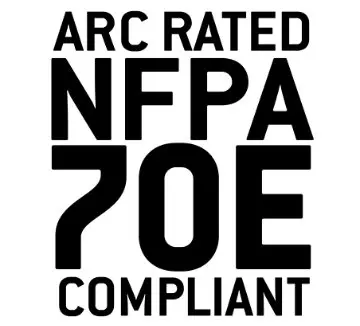
The National Fire Protection Agency (NFPA) created NFPA 70E, a Standard for Electrical Safety in the Workplace. The NFPA has served as an authority in the U.S. on fire, electricity and building safety since 1896. The purpose of the standard is to provide a "practical safeguarding of employees during activities such as the installation, operation, maintenance, and demolition of electric conductors, electric equipment, signaling and communications conductors". The goal of NFPA 70E is to protect electrical workers around any device capable of generating arc flash, and provides recommended safety practices for industries involved in the installation, repair and maintenance of electrical systems. NFPA 70E is a voluntary consensus standard, not a law. However, the U.S. Occupational Safety and Health Administration (OSHA) recognizes NFPA 70E as a generally accepted industry practice and has referenced it in citations.

In 2000, the NFPA 70E Standard first addressed electric arc flash hazard and required flame resistant arc flash clothing to protect workers. The current edition of the NFPA 70E standard was released in 2012, and further details personal protective equipment.
NFPA 70E was developed to protect electrical workers in all industries who work on or near energized parts or equipment that are capable of generating an arc flash. Such equipment would include high-voltage switching and grounding gear, panel boards, switchboards, motor control centers, motor starters, metal clad switchgear, transformers, and meters. Common occupations covered under NFPA 70E include electrical maintenance workers, industrial electricians, and machine operators.
Flame resistant clothing is addressed in Chapter 1 of the standard, Safety-Related Work Practices. NFPA 70E requires employers to conduct an arc flash hazard analysis to identify a worker's potential exposure to arc-flash energy. The results of the analysis are then used to determining safe work practices, arc flash protection boundaries, and the appropriate level of personal protective equipment.
The standard states that all equipment must be de-energized before being worked on unless the employer can demonstrate that de-energizing introduces additional or increased hazards or is infeasible due to equipment design or operational limitations. If de-energizing the equipment is not feasible, the employer must establish a "flash protection boundary" which is the minimum distance from an arc source where a person could receive a second-degree burn if an arc flash occurred. When it is determined that an employee must perform electrical work within the flash protection boundary, he or she shall wear protective clothing and all parts of the body within the arc flash protection boundary must be protected.
NFPA 70E requires the use of one of two methods for determining the appropriate level of flame-resistant clothing:
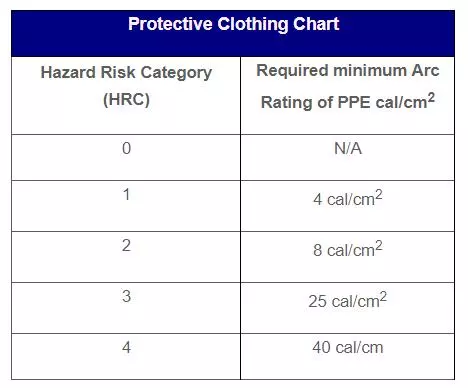
The NFPA 70E Standard details multiple levels of Hazard Risk Categories (HRC) [see table 1.1], also called "Levels". The greater the risk: the higher the HRC. Arc Rating is the factor that indicates which HRC is necessary, and can be measured in either ATPV or EBT. Arc Rating is the incident energy on a fabric that results in sufficient heat transfer through the fabric to cause the onset of a second-degree burn. EBT is reported when ATPV cannot be measured due to FR fabric breakopen. A hazard risk assessment should be performed by a qualified hazard risk assessor to determine the risk level, and thus, the necessary level of compliance to the 70E standard. The 70E standard provides additional details on assessing your hazard risk for job tasks. Once the Hazard Risk Category has been determined, the necessary protective clothing can be purchased.
As a professional personal protective clothing and PPE supplier, Shanghai C&G Safety Co., Ltd. provides arc flash, firefighting, flame resistant, military, aluminized, metal splash clothing, etc. If you need additional information about a product, contact us.
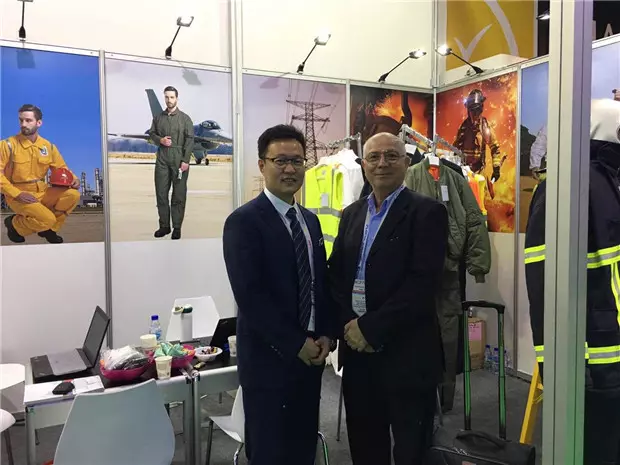
Tags:
Shanghai C&G's personal protective clothing and PPE products are trusted by customers in the world. Our products are exported worldwide, with a strong presence in the United States, China, Japan, Germany, the United Kingdom, India, France, Italy, Brazil, and Canada. In addition, we have a significant customer base in other countries across each continent, including Australia, New Zealand, South Africa, Nigeria, and Egypt in Africa; Argentina, Chile, and Mexico in South America; Russia, South Korea, and Indonesia in Asia; Spain, Poland, and Turkey in Europe; and Saudi Arabia and the United Arab Emirates in the Middle East. Wherever you are in the world, we have the products you need to stay safe and protected. Contact us today to learn more about our products and how we can help you meet your safety needs.
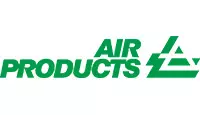

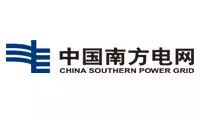
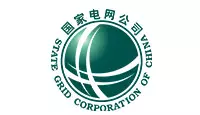
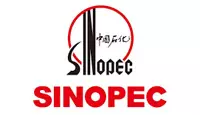


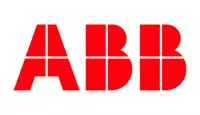
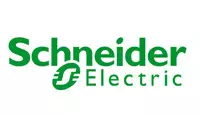

© 2023 Shanghai C&G. All Rights Reserved.